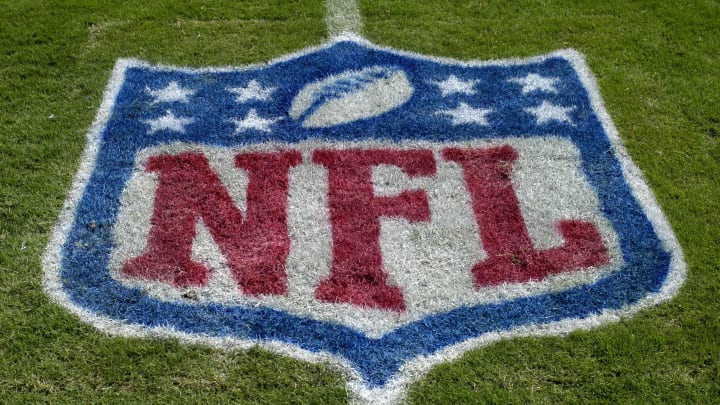All Those NFL Salary Cap Concerns May Have Been For Nothing
By Liam McKeone

The NFL offseason is here and topics of conversation remain the same. Trade rumors and potential free-agent destinations rule the day. This particular offseason is shaping up to be utterly insane, with one blockbuster trade involving a starting quarterback already in the books and a strong likelihood of at least one, if not two, more occurring.
This is the content that both casual and diehard fans can follow. Big names changing teams does not require intimate knowledge of a Cover 3 defense or an understanding of blocking schemes. What has made this offseason particularly unique in the early going, though, is that everyone is suddenly an expert on the salary cap. Because for the first time in a long time, what the salary cap ceiling will be in 2021 can change everything for teams looking to make big moves.
Here's why: leading into the offseason, everyone's favorite NFL insiders were predicting the salary cap would stay the same or even decrease compared to 2020. This is notable because every year for the last decade the salary cap has increased by varying degrees. Teams began taking that into account when they would structure contracts, and did so in the 2020 offseason, signing some deals that would count for more against the cap in 2021 because they assumed they would have more money to work with. Thanks to the revenue losses from the coronavirus pandemic, though, the built-in wiggle room underneath the projected cap ceiling disappeared. The difference of $10 million isn't much in the grand scheme of things, but when it comes to the cap every dollar matters.
This meant teams like the New Orleans Saints appeared to be in dire straits indeed when looking at their cap sheet and how much money they would have to move around in order to start the 2021 offseason underneath the cap ceiling. Most sites (like my personal favorite, Spotrac) projected the 2021 salary cap to be around $180-$190 million. For comparison, the salary cap in 2020 was $198 million. The cap ceiling increased by $10 million from 2019-2020. So instead of getting the usual $10 million or so bump to the salary cap ceiling, this year it was supposed to go down substantially. That is a big wrench into many teams' gears.
All of that worrying may have been for naught. Today, the NFL informed its organizations that the salary cap minimum will be $180 million.
The 2021 NFL salary cap floor has been raised to to $180 million, per a memo sent to teams today. That’s an increase of $5M from what the NFL and NFLPA negotiated last summer. The 2021 cap has not been finalized yet. @TheAthleticNFL
— Lindsay Jones (@bylindsayhjones) February 18, 2021
That is important because many believed the cap ceiling would come in around $180 million. Instead, it will be at least that and the ceiling will probably end up between $190 million and $200 million. Which, again, isn't what teams were planning for a year ago at this time; in a normal season, the cap ceiling would have gone up to about $210 million. It's still a decrease, but it's far more marginal than initially expected.
Plenty of NFL franchises still have a lot of fiddling to do with their books to ensure they get under whatever the cap ceiling ends up being. But the direness and urgency of doing so has dropped significantly. I, for one, learned a lot about the salary cap during this journey. Even if it was ultimately a lot of worrying about nothing.